Library Guides
- Victoria University
- Library Guides
- Scholarly Publishing Guide
- Choosing a Journal

There are several things you might look for when choosing a journal.
Some are essential like a relevant research scope.
Others will vary depending on your aims for a paper in a given moment of your career, for example,
to name a few
Your publishing strategy will inform which among these qualities is most important to you at a given time
This page covers some of the main reasons that researchers use to pick a journal, these often interconnect. And you may have different reasons for choosing a journal than the one's listed here.
You can use the links below to navigate directly to a criteria that interests you:
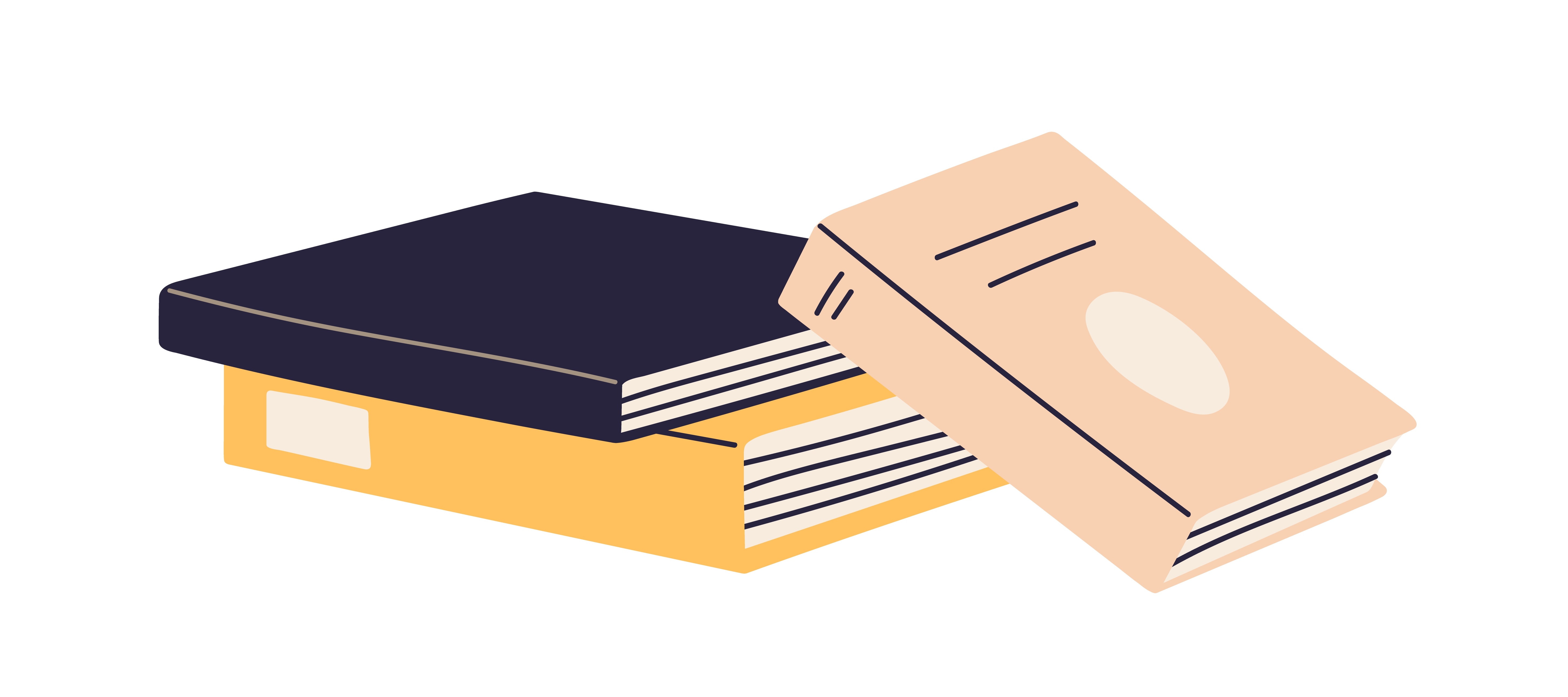
This is the most essential criteria for selecting a journal.
Ultimately, the goal is for your research to be read the right knowledge communities.
Finding a journal with the right research scope will help you to reach the right readership
In addition, papers submitted to journals even slightly "out of scope" will be desk rejected by the journal editors, and this will waste your time and theirs.
all journal's have an Aims & Scope statement on their website that outlines their research parameters and the kinds of inquiries and approaches within those fields that they want to attract
It seems obvious to suggest that you select a journal that publishes research on your paper's subject area
But most journal editors wade through, and desk reject, 100s of out of scope submissions every few months
There are a few different reasons for this:

Once you've narrowed the research scope down to 2 or 3 journal titles

its a clever and quick way of ensuring you are submitting to a journal that fits your study
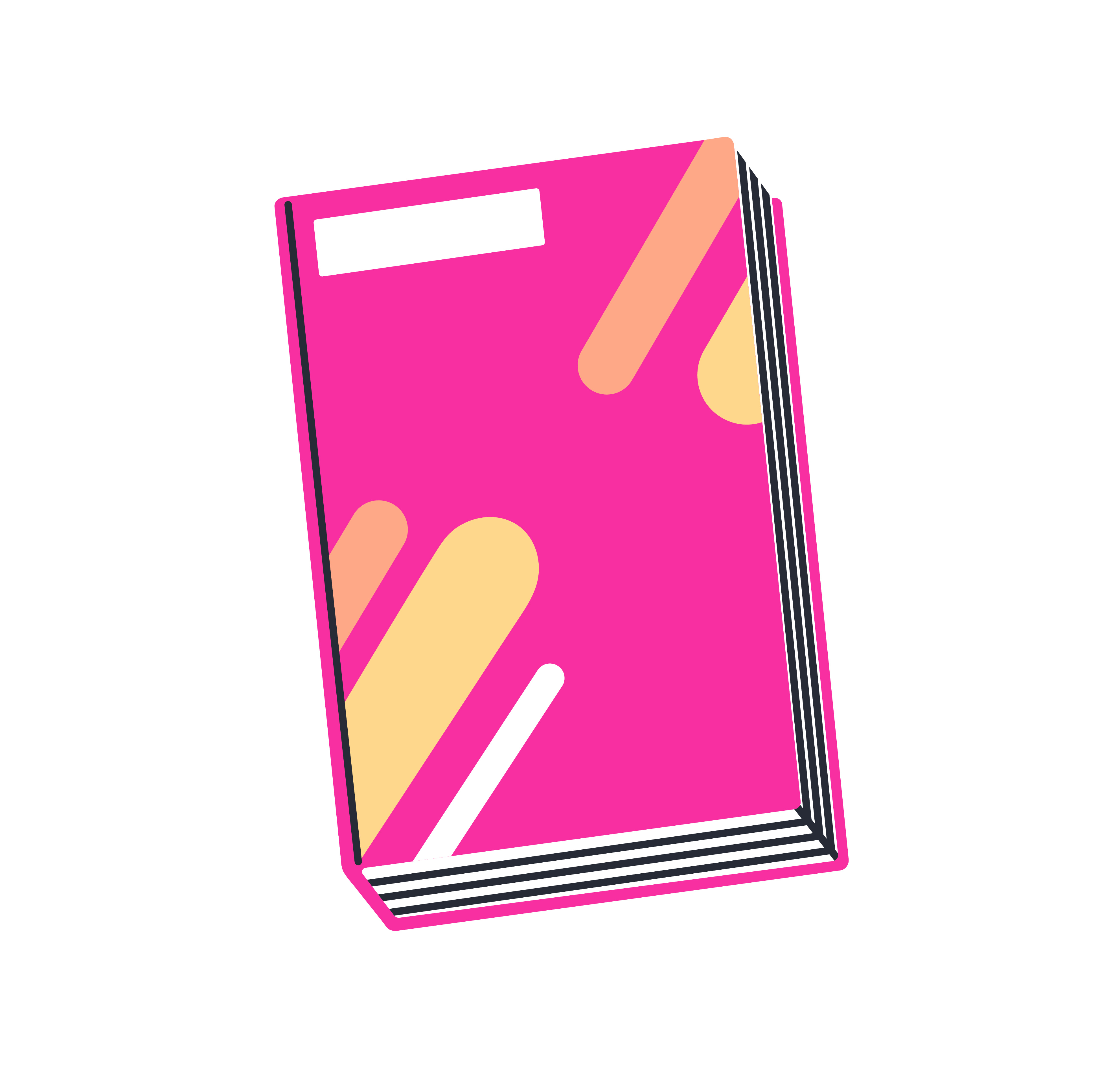
You will have your own view of the indictor that quality carries the most weight in relation to your research and academic approach
Its always helpful to look at a journal's editorial board
Its not just about the prestige or reputation of editors, but rather:
Editorial boards can tell you a lot about the knowledge communities that interact with the journal, and therefore about the journal's readership
Look at the editorial board of a journal to learn about:
Peer Review Policy
Most journals will have a brief statement outlining their peer review policy and editorial screening process on their website.
There are different models of peer review.
This resource from journal publisher Taylor and Francis offers more insights into these peer review models
It's important that a journal makes their peer review processes clear and easy to find on their website.
Committee on Publication Ethics (COPE) Membership
Another good indication that journal publishers and editors take publishing ethics and integrity seriously, is if they are members of COPE. COPE provides guidance and training for journal editors and publishing editors to strengthen ethical practices in scholarly publishing.
The committee has helped journals to implement funding declarations for all funding research submitted, ethics integrity confirmation for research with human data, practices to help journals monitor self-cites and other forms of citation manipulation, transparency around AI use, and more.
Journals will often declare their COPE membership on their webpage, as in the example below, taken from the Sage journal Psychological Science

Here too are some examples of peer review policy statements from journal webpages:
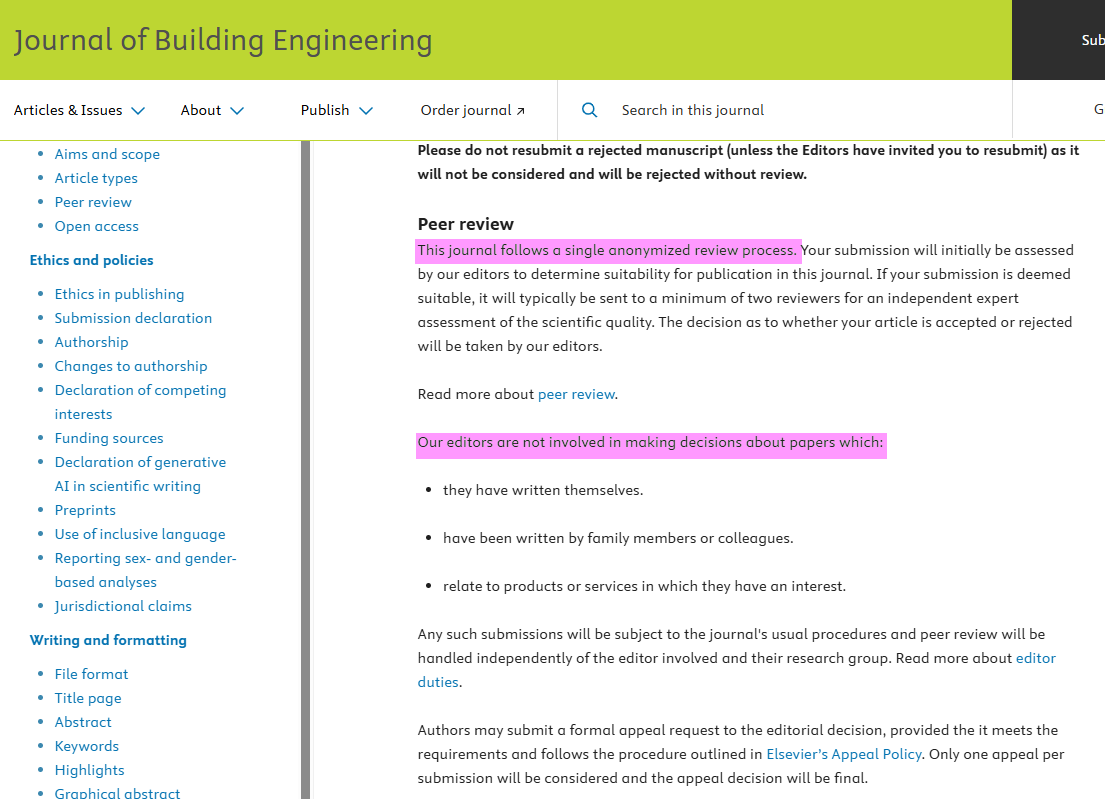
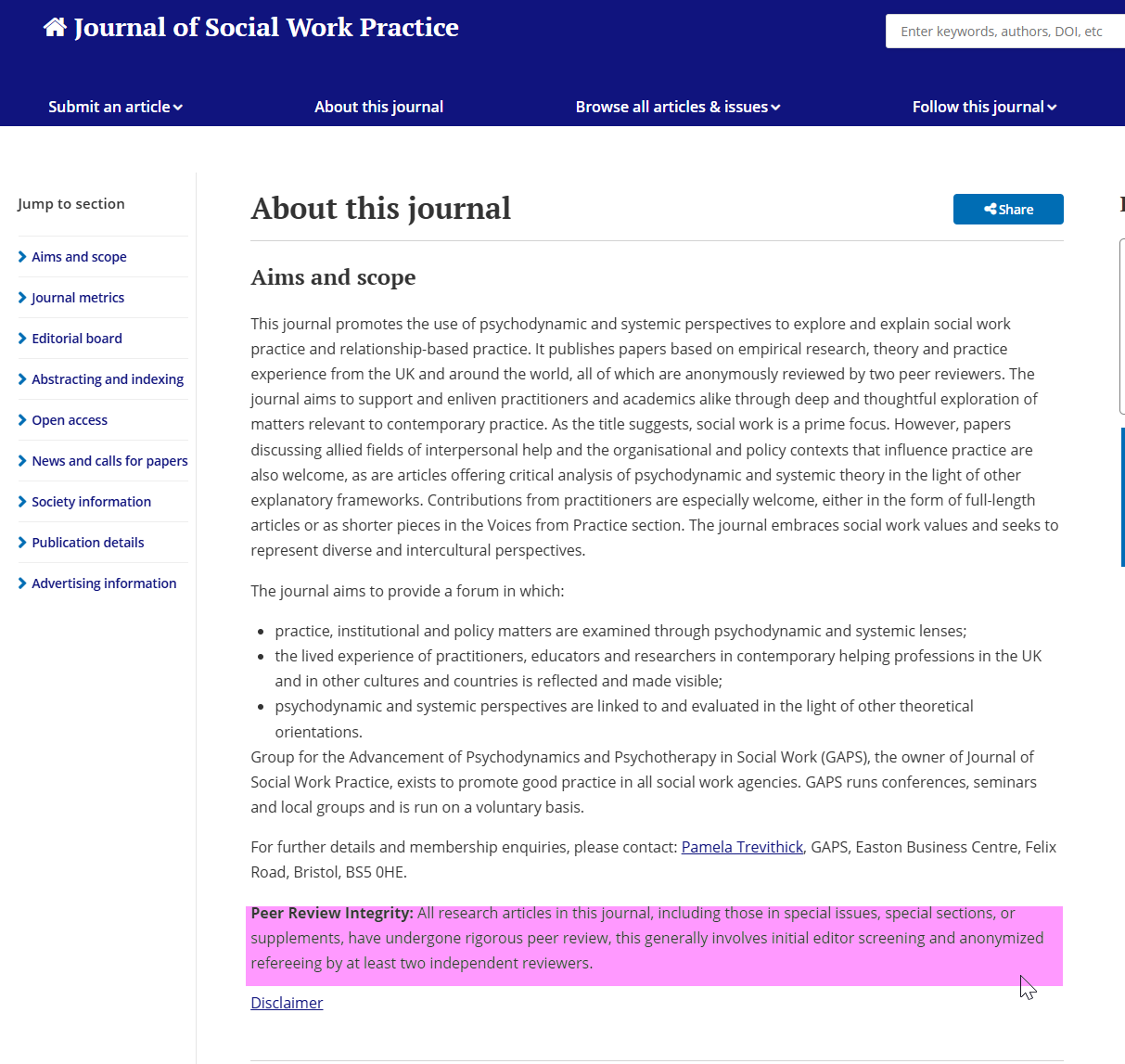
Some journals are linked to Associations / Societies.
Associations (sometimes called Societies) are peak professional or research bodies in a given subject area, and they are usually regional or country-based too.
Journals affiliated with an association/society will

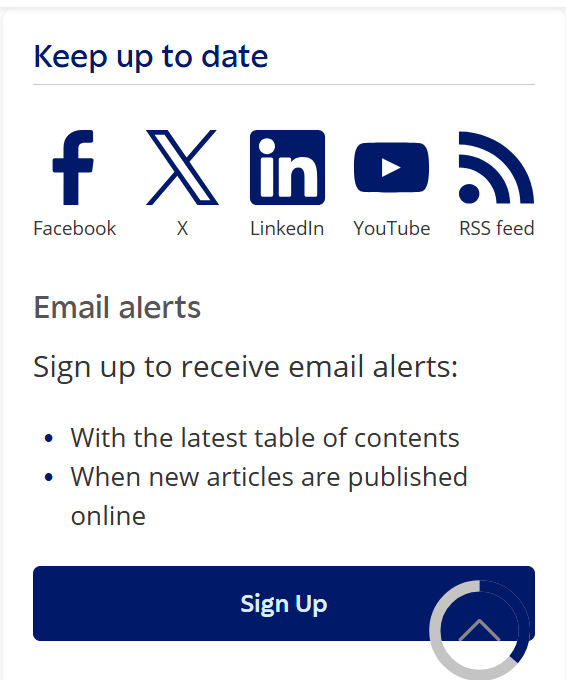
Does the journal's content regularly end up in your reading list?
Would you willingly sign up to receive email alerts when the latest issue is published?
Answering yes to either of these questions suggests you have found a quality journal in your field
Journal level metrics aim to provide a picture of a journal's impact and standing in a field
There are different types of journal metrics.
All quantify some form of end-user data: such as citations, article downloads, or article clicks.
These are located on journal webpages (see slide 6 of the presentation at the top of this page on journal webpages for detailed examples)
A few are widely used among research administrators to discern a journal's quality. These are:
You can learn more about each of these by visiting the "Understanding Journal Metrics" page on this guide.
Quantitative measures of quality or rank are always only a partial picture
Because of this there have been several campaigns to limit the influence of Journal-level metrics on researchers' career pathways and funding opportunities.
The most significant of these is the San Francisco Declaration on Research Assessment (DORA)
Signatories of DORA commit to
"Not using journal-based metrics, such as Journal Impact Factors, as a surrogate measure of the quality of individual research articles, to assess an individual scientist’s contributions, or in hiring, promotion, or funding decisions".

Very rarely, journals' web profiles get hijacked, cloned, or their submission processes targeted by papermills or other unethical practices.
So it is always best to access journal information and submission processes from their publisher-hosted webpages
Hijacked/Cloned journals impersonate legitimate journals by taking on their web profiles, ISSN identifiers, metadata/indexing and other means.
You can learn more about the unethical underworld of scholarly publishing at Retraction Watch
If you are concerned about the integrity of a journal title you can investigate by:
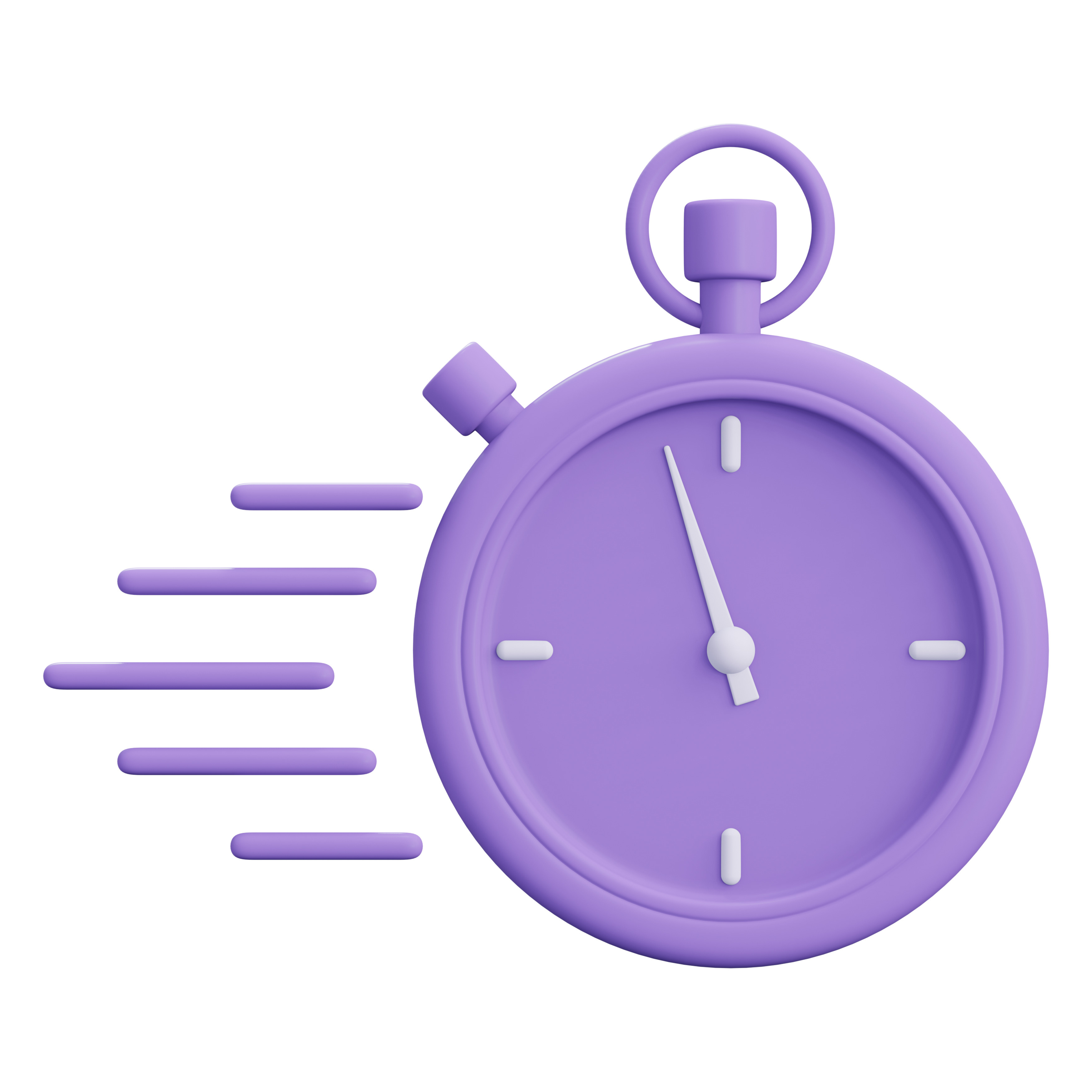 Sometimes getting a paper out quickly is the most important consideration
Sometimes getting a paper out quickly is the most important consideration
To learn more about the kinds of speed metrics available and where to find them, take a look at slides 4 & 6 on this presentation.
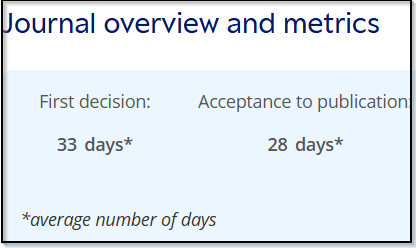
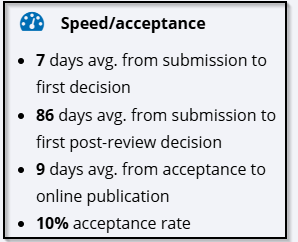
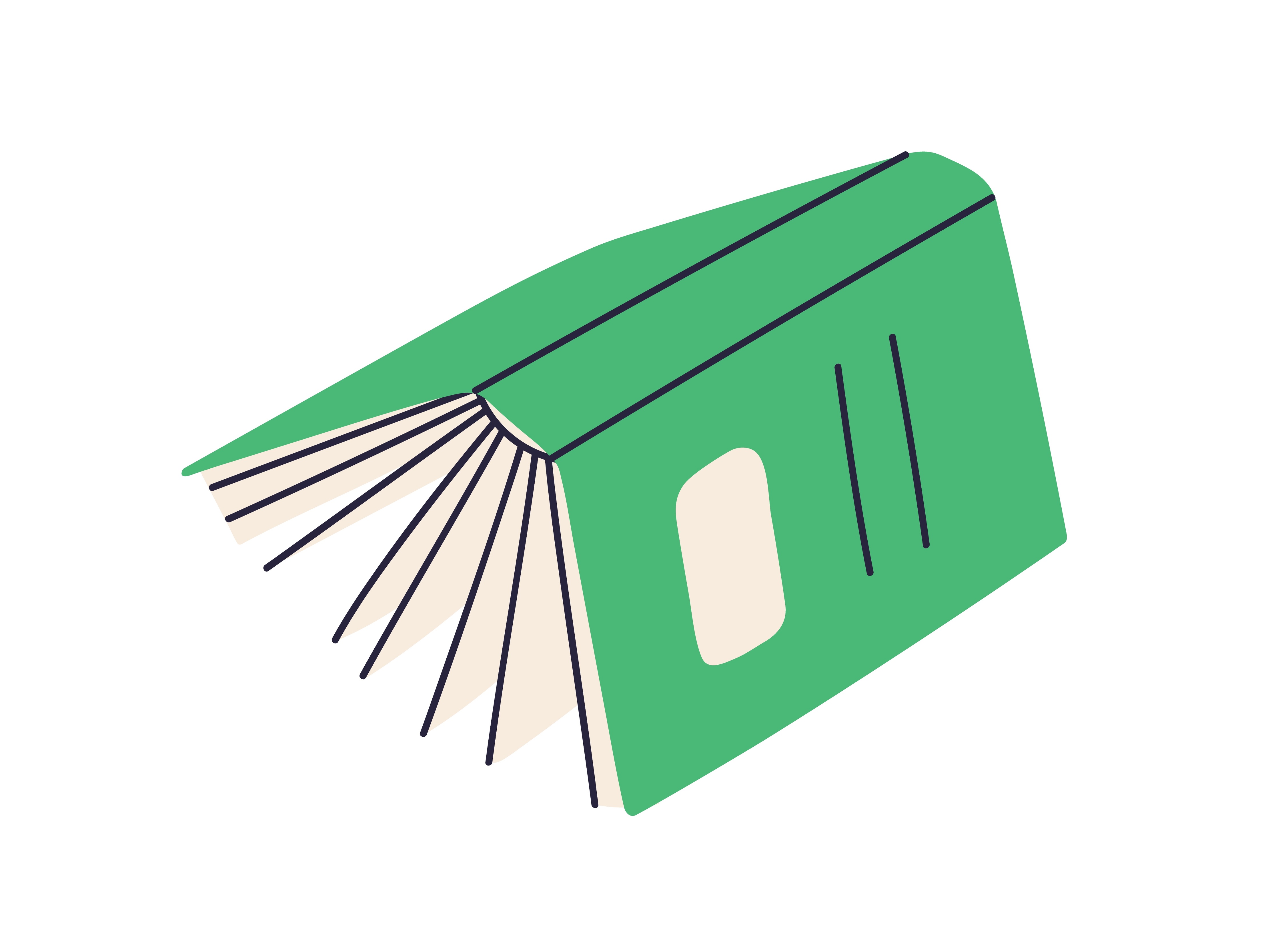
It is an important consideration if you are committed to maximizing research access as a social good
It may also be a mandatory requirement of your research funder, see, for example
Many International Research Funders have similar stipulations. Some employing or collaborating institutions may require that you publish OA in their Repositories.
You'll find more information for understanding Open Access and Repositories in the dedicated OA page of this guide
The increase in total citations is known as the Open Access Citation Advantage (OACA); first proposed by Lawrence (2001)
For Open Access journals
More commonly, Hybrid Journals offer traditional subscription (paywalled) publishing and open access options
You may also want to know how accessible your paper will be for different readers
Some journal publishers offer more accessibility options than others
If you are interested, check:
whether the article can be read in an EPUB format, which has more accessibility options

whether articles have an audio option, enabling users to play or download (MP3 file) an audio reading of papers

And, whether the journal webpage is optimized for mobile devices

|
|
|
We acknowledge the Ancestors, Elders and families of the Kulin Nation (Melbourne campuses), the Eora Nation (Sydney campus) and the Yulara/Yugarapul and Turrbal Nation (Brisbane campus) who are the traditional owners of University land. As we share our own knowledge practices within the University, may we pay respect to the deep knowledge embedded within the Aboriginal community and recognise their ownership of Country. |
 This content is licensed to Victoria University under a Creative Commons Attribution 4.0 International License.
This content is licensed to Victoria University under a Creative Commons Attribution 4.0 International License.
